
-
Find the right food for your petTake this quiz to see which food may be the best for your furry friend.Find the right food for your petTake this quiz to see which food may be the best for your furry friend.Health CategoryFeatured products
 Adult 7+ Small Bites Chicken Meal, Barley & Rice Recipe Dog Food
Adult 7+ Small Bites Chicken Meal, Barley & Rice Recipe Dog FoodSupports energy level and beautiful coat in mature dogs who prefer smaller kibble
Shop Now Adult Small Bites Chicken & Barley Recipe Dog Food
Adult Small Bites Chicken & Barley Recipe Dog FoodSupports lean muscle for dogs who prefer smaller kibble
Shop Now Adult Oral Care Small & Mini Chicken, Rice & Barley Recipe Dog Food
Adult Oral Care Small & Mini Chicken, Rice & Barley Recipe Dog FoodClinically proven kibble technology to reduce plaque & tartar build-up, specially designed for small & mini dogs
Shop NowFeatured products Adult Chicken & Spinach Casserole Cat Food
Adult Chicken & Spinach Casserole Cat FoodWith delicious chunks in a decadent gravy
Shop Now Adult 7+ Tender Tuna Dinner Cat Food
Adult 7+ Tender Tuna Dinner Cat FoodWith delicious chunks in a decadent gravy
Shop Now Sensitive Stomach & Skin Chicken & Beef Dinner
Sensitive Stomach & Skin Chicken & Beef DinnerGourmet daily nutrition, carefully made. Tasty chunks with chicken & beef in a decadent gravy. Supports digestive health, nourishes skin and promotes a lustrous fur.
Shop Now -
DogCat
- Cat Tips & Articles
-
Health Category
- Weight
- Skin & Food Sensitivities
- Urinary
- Digestive
- Kidney
- Dental
- Serious Illness
-
Life Stage
- Kitten Nutrition
- Adult Nutrition
Featured articles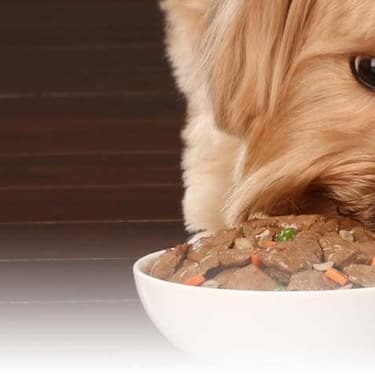 Pet Food Storage Tips
Pet Food Storage TipsWhere you store your cat and dog food can make a big difference in the quality and freshness once it is opened. Here are some common questions and recommendations for optimal storage for all of Hill’s dry and canned cat and dog food.
Read MoreHill's Australian Bushfire EffortsRead More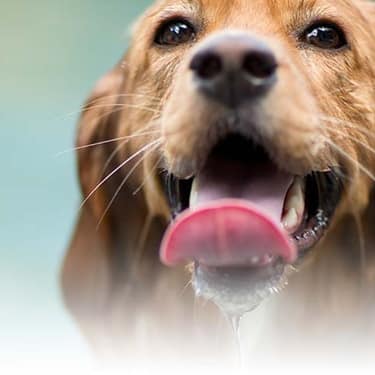 Water
WaterWater is the most important nutrient of all and essential for life. Animals can lose almost all their fat and half their protein and still survive, but if they lose 15% of their water, it will mean death.
Read More -


Before Bringing Home a New Dog
First of all, stock your home with supplies before your new dog arrives. You have to consider everything from pet dishes to installing a fence in your yard to what kind of toys to have on hand. (Soft plush? Chewy rubber? So many choices!)
Must-haves for your dog's first day at home include, but aren't limited to: bowls, a collar with proper identification, a leash, grooming tools, a poop scoop and bags, and a soft, cozy bed. Bringing home a puppy? Set up baby gates in the doorways to rooms that are off-limits.
When it comes to meals, choose his dog food with regard to age, his current health and any dietary restrictions. Don't be discouraged if at first he snubs his food. Introducing your pet to new food is a trial-and-error process and may take a few days.
Is your new pup your first pet? Research and select a reputable veterinarian in your area and bring your dog in right away for a check-up. If you already have a vet for your pets, get in touch with the office prior to bringing home your new fur baby to get any advice on how to give him a warm welcome.
If multiple people and/or children will help care for your new pet, establish ahead of time who will be in charge of which responsibilities. You don't want your new guy to be fed too many times a day or miss out on a much-needed walk because somebody isn't familiar with the schedule.


Tasty Tips
At Home
Whether your new guy is a puppy or an adult, bringing a new dog home requires an adjustment period. Ideally, you should be home with your new dog during this time as much as possible. You'll have a smoother adjustment period if you can spend a week or two together from the outset.
Depending on his temperament, your new dog may bound right in and make himself comfortable, or he may be reluctant and withdrawn at first. If he is shy and fearful, you can help him acclimate to his new digs by taking it slowly. Let him investigate his new home at his own pace, giving him plenty of time to sniff and search. If you have small children in the home, make sure to supervise their time with your new pup. Aggressive touching or petting of a dog in an unfamiliar setting can cause him anxiety making his acclimation take longer.
Make potty training a priority. Even if your pup was at the top of his game at the shelter, he may have accidents because it's an unfamiliar environment. Start training immediately and keep it consistent. Petcha emphasizes, "when correcting a dog, remember there is one golden rule: catch him in the act." In other words, scolding a pet after he does something wrong isn't going to enforce your message. However, it is always best to reward his good behaviors rather than scold him. If you can reward him with praise or a treat when he potties outside, he will be more likely to do so in the future.
In addition to house-training, you'll want to invest in behavior training, too. You should begin puppy training as early as seven to eight weeks old, but it is possible to train an older dog, too. Training can be a great way to teach him certain behaviors, but it is also an excellent bonding opportunity. Dogs enjoy pleasing their pack leader and want to learn. As he starts to get the handle of the basics: sit, stay and lie down, you can start to introduce some of the more advanced commands like shake, rollover and fetch. A dog's ability to learn is directly correlated to your ability to work with him and be patient as he tries to understand what you want him to do.
Nights are often a new experience for dogs in a new home, especially puppies. He may whine at first, causing you to tend to his every whimper, but it is better to establish some ground rules early on. He needs to know that he can sleep in his pen or bed throughout the night and that you will still be there for him in the morning. This is true of most behaviors — if you simply let certain behaviors go because he is new to the house, it will take him longer to know the house rules. So, if you don't want him up on the furniture, don't let him up there even when you are, or he will push his luck far past the initial training phase.
Finally, make sure to keep loud noises and overactive scenes to a minimum at first. If there is too much stimuli for him too soon he could become withdrawn and anxious. Keep things calm and let him discover his new home on his own, and as he gets more acquainted with his new surroundings you can start to get back to normal.
Above all else, be patient and nurturing with your new dog, and you'll make a friend for life!


Christine O'Brien is a writer, mom, and long-time cat parent whose two Russian Blues rule the house. Her work also appears in Care.com, What to Expect, and Fit Pregnancy, where she writes about pets, pregnancy, and family life. Find and follow her on Instagram and Twitter @brovelliobrien.
Related products

Clinically proven kibble technology to reduce plaque & tartar build-up, specially designed for small & mini dogs

Supports energy level and beautiful coat in mature dogs who prefer smaller kibble

Supports lean muscle for dogs who prefer smaller kibble

Supports healthy joints, lean muscle, and beautiful coat for large breed dogs
Related articles
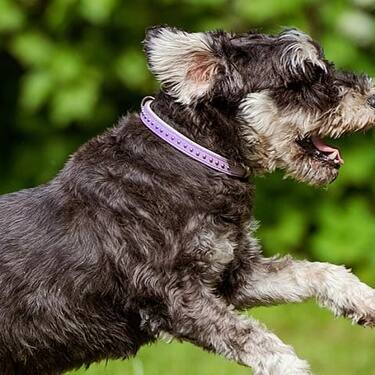
Extra pounds can cause problems for your dog's overall health. Learn the signs that your dog might be overweight, and what you can do to manage its weight.
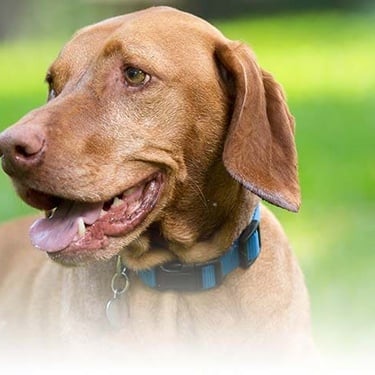
As small and toy breed dogs age, their nutritional needs change.

Selecting the right food for your puppy is a key to quality nutrition and a long, healthy life., Learn more about how to select the right puppy food.

Learn how today's wet dog food blends have gotten a face lift, and how you'll provide your dog the nutrition he needs in the form he loves.
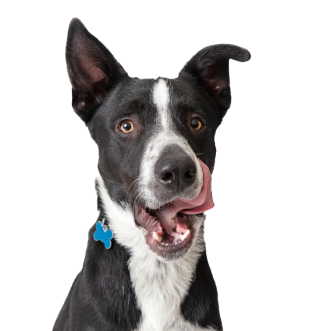
Put your dog on a diet without them knowing
Our low calorie formula helps you control your dog's weight. It's packed with high-quality protein for building lean muscles, and made with purposeful ingredients for a flavorful, nutritious meal. Clinically proven antioxidants, Vitamin C+E, help promote a healthy immune system.
Put your dog on a diet without them knowing
Our low calorie formula helps you control your dog's weight. It's packed with high-quality protein for building lean muscles, and made with purposeful ingredients for a flavorful, nutritious meal. Clinically proven antioxidants, Vitamin C+E, help promote a healthy immune system.


